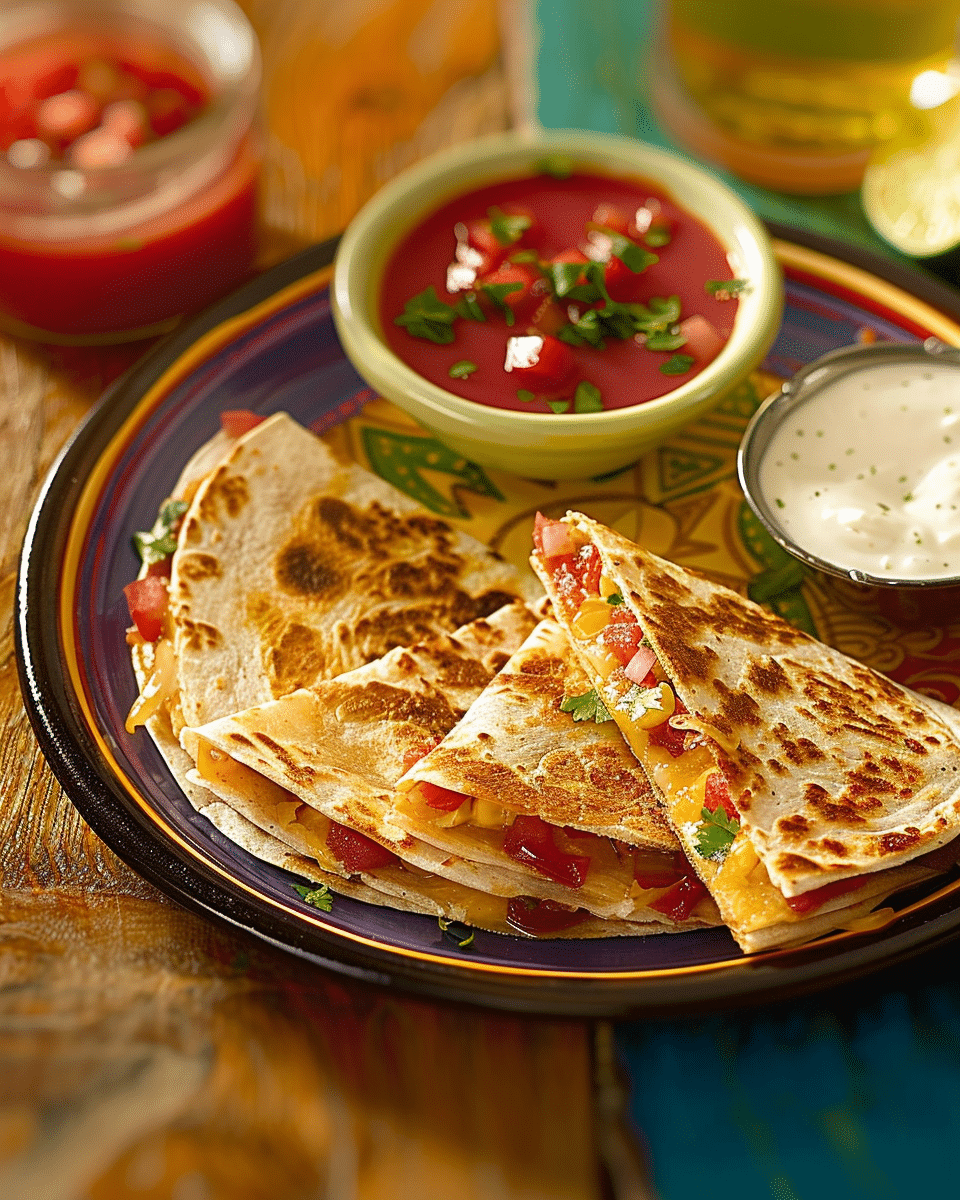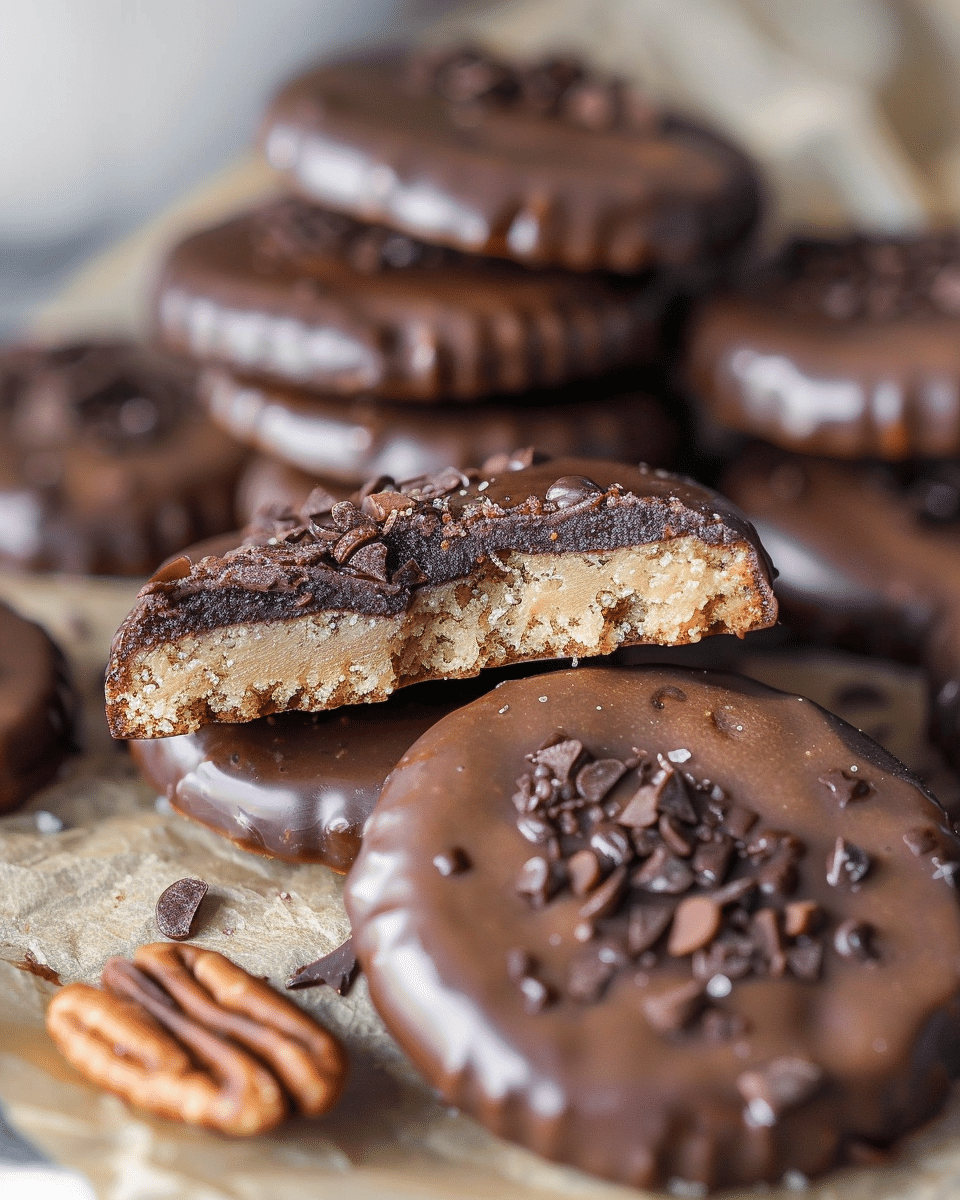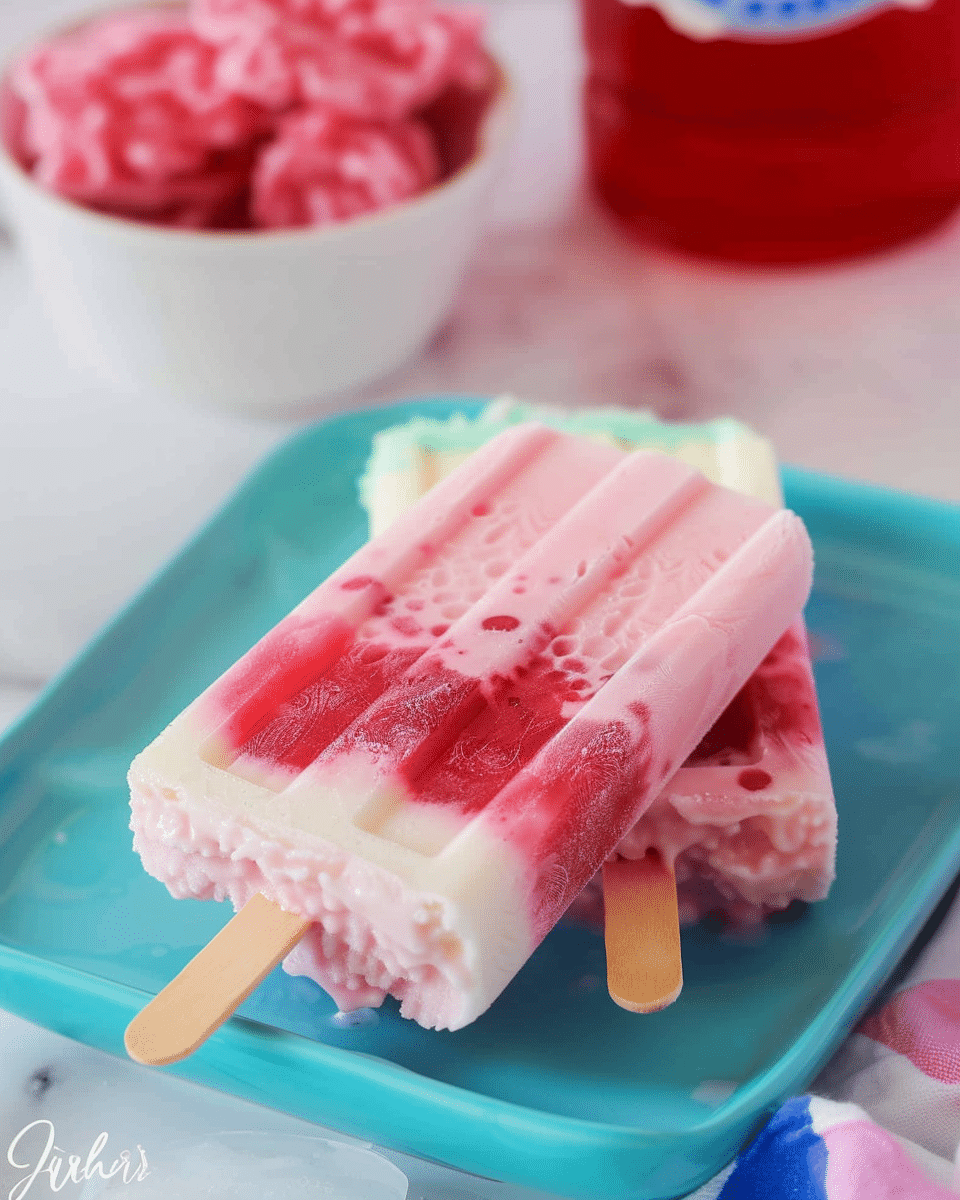Baking salmon in foil is a simple and delicious way to prepare this popular fish. Whether you’re a seasoned home cook or a beginner in the kitchen, baking salmon in foil is a quick and easy way to create a flavorful and healthy meal. In this article, we’ll guide you through the process of baking salmon in foil, from understanding the different types of salmon to choosing the right materials and preparing the fish for the oven.
Understanding salmon is an important first step in baking it to perfection. There are several types of salmon, each with its own unique flavor and texture. Some of the most common types of salmon include Atlantic, Chinook, Coho, and Sockeye. When choosing salmon for baking, it’s important to consider the flavor and texture you prefer, as well as the sustainability and environmental impact of the fish. Once you’ve selected the right salmon, you can move on to preparing it for baking in foil.
Key Takeaways
- Baking salmon in foil is a simple and delicious way to prepare this popular fish.
- Understanding the different types of salmon and choosing the right materials are important steps in the baking process.
- Checking for doneness and serving suggestions can help you create a perfectly cooked and flavorful meal.
Understanding Salmon
Salmon is a type of fish that is popular for its rich flavor and nutritional benefits. It is a fatty fish that is high in protein, omega-3 fatty acids, and vitamin D. There are several species of salmon, including Atlantic, Chinook, Coho, Pink, and Sockeye.
When buying salmon, it is important to choose fresh fish that has a bright color and firm texture. Avoid fish that has a dull color, a fishy smell, or is slimy to the touch. If you are not planning to cook the salmon right away, it is best to store it in the refrigerator or freezer to keep it fresh.
One of the most popular ways to cook salmon is by baking it in foil. This method helps to lock in the moisture and flavor of the fish, resulting in a tender and juicy piece of salmon. It also makes clean up a breeze since you can simply discard the foil after cooking.
When baking salmon in foil, it is important to season the fish with salt, pepper, and any other herbs or spices you prefer. You can also add lemon slices, garlic, or butter to enhance the flavor. Be sure to wrap the foil tightly around the fish to prevent any liquid from escaping.
Overall, salmon is a delicious and healthy fish that can be cooked in a variety of ways. Baking it in foil is a simple and easy method that yields great results every time.
Choosing the Right Salmon
When it comes to baking salmon in foil, choosing the right type of salmon is crucial to achieving a delicious and healthy meal. Here are some factors to consider when selecting salmon for this recipe:
Freshness
Freshness is key when it comes to salmon. Look for salmon that is firm to the touch, with shiny skin and bright, clear eyes. If you’re buying from a grocery store, check the sell-by date to ensure the salmon is as fresh as possible.
Type of Salmon
There are several types of salmon to choose from, including Atlantic, Chinook, Coho, Pink, and Sockeye. Each type has its own unique flavor and texture. Chinook salmon, for example, is known for its buttery flavor, while Sockeye salmon has a firmer texture and a rich, deep color.
Sustainability
When selecting salmon, it’s important to consider sustainability. Look for salmon that has been sustainably sourced and harvested. This means that the fish has been caught in a way that minimizes harm to the environment and other marine life.
Fillets vs. Whole Fish
When baking salmon in foil, you can use either fillets or a whole fish. Fillets are easier to work with and cook more quickly, while a whole fish can be more impressive and flavorful. If you choose to use a whole fish, make sure it fits comfortably in your oven and on your baking sheet.
By taking these factors into consideration, you can choose the right salmon for your baked salmon in foil recipe, ensuring a delicious and healthy meal.
Preparing the Salmon
Before you start baking the salmon in foil, it is important to prepare the fish properly. Here are the steps you need to follow:
Cleaning the Salmon
First, rinse the salmon fillet under cold water to remove any dirt or debris. Pat it dry with paper towels. Then, use a pair of tweezers to remove any small bones that may still be present. Run your fingers over the fillet to feel for any remaining bones, and remove them as necessary.
Seasoning the Salmon
After cleaning the salmon, it’s time to season it. You can use any seasoning you like, but a simple mixture of salt, pepper, and olive oil is a great place to start. Rub the seasoning mixture all over the salmon, making sure to coat both sides evenly. You can also add other seasonings like garlic, lemon, or herbs such as dill or thyme to add more flavor.
If you want to get creative, you can try different seasonings and marinades to create unique flavors. For example, you can use soy sauce, honey, and ginger to make a sweet and savory glaze. Or you can use a mixture of olive oil, lemon juice, and herbs to create a bright and refreshing flavor.
Once you have seasoned the salmon, you are ready to wrap it in foil and bake it in the oven.
Materials Needed
When it comes to baking salmon in foil, you will need a few materials to ensure that your dish turns out perfectly. Here are the materials you will need:
Choosing the Right Foil
The first material you will need is heavy-duty aluminum foil. This type of foil is thicker and more durable than regular foil, which makes it perfect for cooking salmon in the oven. Heavy-duty foil will help keep the moisture in and prevent the salmon from sticking to the pan.
When choosing your foil, make sure it is wide enough to fit your salmon fillet. You will want to have enough foil to wrap the salmon completely, so it is important to choose the right size.
Gathering Cooking Utensils
In addition to heavy-duty aluminum foil, you will also need a few cooking utensils. Here are the utensils you will need:
- Baking pan: You will need a baking pan to place your salmon in the oven. Make sure to choose a pan that is large enough to fit your salmon fillet.
- Cooking spray or oil: To prevent the salmon from sticking to the foil, you will need to lightly grease the foil with cooking spray or oil.
- Knife: You will need a sharp knife to cut the salmon fillet into portions.
- Cutting board: A cutting board will provide a stable surface for cutting the salmon fillet.
- Spatula: A spatula will help you remove the salmon from the foil and transfer it to a serving dish.
By gathering these materials, you will be well-equipped to bake delicious salmon in foil.
Baking Process
Baking salmon in foil is an easy and delicious way to prepare this healthy fish. Here are the three main steps to follow when baking salmon in foil:
Preheating the Oven
Before you start preparing the salmon, preheat your oven to 350°F. This will ensure that the oven is hot enough to cook the salmon to perfection.
Wrapping the Salmon in Foil
To prepare the salmon, line your baking pan with heavy duty aluminum foil. Place the salmon skin side down on the foil, then lightly grease the pan with oil or cooking spray.
Next, you can add any seasonings or marinades you like. For example, you can combine butter, garlic, and lemon zest in a small mixing bowl and spread it over the salmon. You can also add herbs, spices, or vegetables to the foil packet to infuse the salmon with extra flavor.
Once you have seasoned the salmon, wrap the foil tightly around it to create a packet. Make sure that the packet is sealed tightly so that the salmon cooks evenly.
Baking Time and Temperature
Place the foil-wrapped salmon in the preheated oven and bake it for approximately 12-15 minutes. The exact baking time will depend on the thickness of the salmon fillet.
To check if the salmon is done, open the foil packet and use a fork to test the thickest part of the salmon. If it flakes easily and is opaque throughout, it is done. If it is still translucent, return it to the oven for a few more minutes.
Once the salmon is cooked to your liking, remove it from the oven and let it rest for a few minutes before serving. This will allow the juices to redistribute and make the salmon even more tender and flavorful.
Now, if you’re wondering about the specifics, such as the ideal temperature or baking time, here are some related articles that can guide you:
- How long to bake salmon at 350?
- Salmon Sushi Bake: A Unique Twist on Traditional Salmon
- Can I eat frozen salmon raw? Safety and Preparation Tips
Checking for Doneness
Once your salmon is in the oven, you’ll want to keep a close eye on it to ensure that it doesn’t overcook. The exact cooking time will depend on the thickness of your salmon fillet, but as a general rule of thumb, you should plan on baking it for about 12-15 minutes at 350°F.
To check if your salmon is done, you can use a fork to gently pry open the thickest part of the fillet. If the flesh flakes easily and is opaque all the way through, it’s ready to eat! If it’s still a little translucent in the center, give it a few more minutes in the oven.
Another way to check for doneness is to use an instant-read thermometer. Insert the thermometer into the thickest part of the salmon, making sure not to touch the bone. The internal temperature should read 145°F.
Keep in mind that your salmon will continue to cook a bit even after you take it out of the oven, so it’s best to err on the side of slightly undercooking it rather than overcooking it.
If you’re serving your salmon with vegetables, you can also check for doneness by making sure that the veggies are tender and cooked through. If they’re still a bit crunchy, give them a few more minutes in the oven alongside the salmon.
With these tips, you’ll be able to bake perfect salmon in foil every time!
Serving Suggestions
Once you have baked your salmon in foil to perfection, it’s time to think about how to serve it. Here are some serving suggestions to help you make the most of your delicious dish:
- Serve with a side of vegetables: Baked salmon in foil pairs well with a variety of vegetables. Some popular options include roasted asparagus, steamed broccoli, or a simple green salad.
- Add a starch: If you’re looking for something more filling, consider serving your salmon with a side of rice, quinoa, or roasted potatoes. These starches will help balance out the meal and provide additional nutrients.
- Top with a sauce: While baked salmon in foil is delicious on its own, you can take it to the next level by adding a flavorful sauce. Some popular options include lemon butter, garlic herb, or teriyaki sauce. Be sure to drizzle the sauce over the salmon just before serving.
- Make it a sandwich: For a quick and easy lunch, consider turning your baked salmon in foil into a sandwich. Simply place the salmon on a toasted bun with some lettuce, tomato, and your favorite condiments.
No matter how you choose to serve your baked salmon in foil, be sure to enjoy it while it’s still warm and fresh. With its tender, flaky texture and delicious flavor, this dish is sure to become a favorite in your household.
FAQs
Is it better to cook salmon in foil or not? Cooking salmon in foil has several advantages. It helps to lock in moisture, ensuring the salmon remains juicy and tender. The foil also captures any seasonings or marinades, allowing the fish to marinate as it cooks, enhancing its flavor. However, if you prefer a crispy skin, you might want to cook salmon without foil. Both methods have their merits; it depends on your personal preference.
Is it better to bake salmon at 350 or 400? Both temperatures can yield delicious results, but they serve different purposes. Baking salmon at 350°F will cook the fish more slowly, allowing it to retain moisture and resulting in a tender, flaky texture. On the other hand, baking at 400°F will cook the salmon faster and can give it a slightly crispier exterior, especially if not using foil. The choice depends on your desired outcome and time constraints.
How long does salmon take in the oven at 180? At 180°C (which is roughly 350°F), a salmon fillet typically takes about 20-25 minutes to bake, depending on its thickness. It’s always a good idea to check for doneness by ensuring the salmon flakes easily with a fork and has an internal temperature of 145°F (62.8°C).
What temperature should salmon be baked at? Salmon should be baked at a temperature that allows it to cook through evenly without drying out. A common recommendation is to bake salmon at 350°F (175°C) to 400°F (205°C). The exact temperature can vary based on the recipe and personal preference. Always ensure the salmon reaches an internal temperature of 145°F (62.8°C) for safe consumption.
Conclusion
Congratulations! You have learned how to bake salmon in foil like a pro. With the right preparation and cooking techniques, you can enjoy a delicious and healthy meal that’s perfect for any occasion. Here are some key takeaways to keep in mind:
- Preheat your oven to 350°F and line your baking pan with heavy-duty aluminum foil.
- Place the salmon skin side down on the foil and lightly grease your pan with oil or cooking spray.
- Combine butter, garlic, and lemon zest to add flavor and moisture to your salmon.
- Bake your salmon in the oven for 20-25minutes, or until it is cooked through and flakes easily with a fork.
- Serve your baked salmon with your favorite sides, such as roasted vegetables or a salad.
Remember, baking salmon in foil is a versatile and easy way to cook this delicious fish. You can experiment with different seasonings and ingredients to create your own unique recipes. Whether you’re cooking for yourself or for a crowd, baked salmon in foil is sure to be a hit. So why not give it a try today and enjoy a healthy and flavorful meal that’s both easy and delicious?









